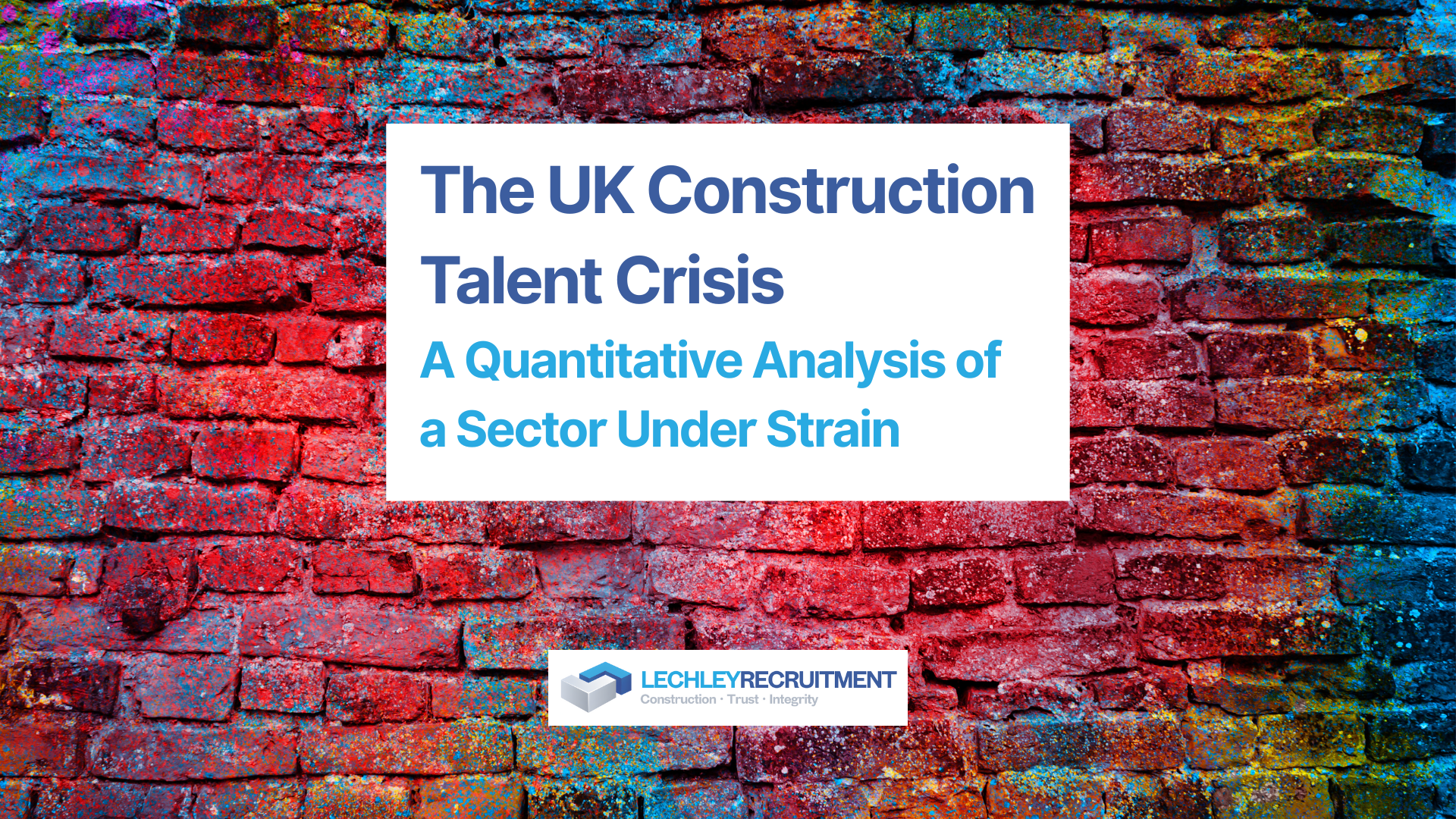Michael Masi expresses confidence over the construction of the Jeddah Corniche Circuit
Formula 1 Race Director Michael Masi has expressed confidence over the construction of the Jeddah Corniche Circuit ahead of its debut event.
Formula 1 is due to visit Jeddah on December 3-5 for the Saudi Arabian Grand Prix, the penultimate round on this year’s 22-event calendar. A 6km 27-turn quasi street circuit, which is set to be among the fastest on the schedule, is being developed on Jeddah’s Corniche adjacent to the Red Sea.
Photos and videos that emerged from a recent preview segment carried out by Formula 1’s broadcast team highlighted the work that is still required. But Masi has asserted that everything will be ready in time for the circuit’s debut at the start of next month. “There is a lot going on there,” said Masi at the Mexico City Grand Prix. “There is a huge amount of work happening.
“The FIA and F1 are getting daily updates of where things are at, and it’s progressing very, very quickly. “Yes, there’s a lot to do – there’s nothing to deny there, I think everyone will acknowledge there’s a lot to do – but I’m still confident of the race going ahead, no problems.” Masi pointed to previous circuit builds in conceding that “there’s always an element of worry with everything” but outlined that “having been involved [with] Korea in 2010, and I think India was talked about, [and] both of those went off with no problems, I’m quite confident Saudi will be exactly the same.”
Masi is due to make another visit to Jeddah ahead of its inaugural grand prix, either shortly before or after the preceding event in Qatar. “There are areas absolutely complete [and] the quality of work is first class,” Masi asserted. “They will finish, I have confidence. Given that the Jeddah Corniche Circuit is being built in record time, it was always the case that timings would be tight. Construction remains on schedule and will be completed on time ahead of F1’s arrival next month,” said Saudi Arabian GP CEO Martin Whitaker in a statement.
Saudi Arabia has a 10-year contract to host Formula 1 races and next year’s event, set to be held in late March, will also take place at Jeddah. Long-term the plan remains to move the event to the Qiddiya entertainment facility under construction on the outskirts of capital Riyadh. The Jeddah circuit will then form part of the Corniche’s regeneration that includes sustainability and environmental projects, along with recreational areas for residents.





